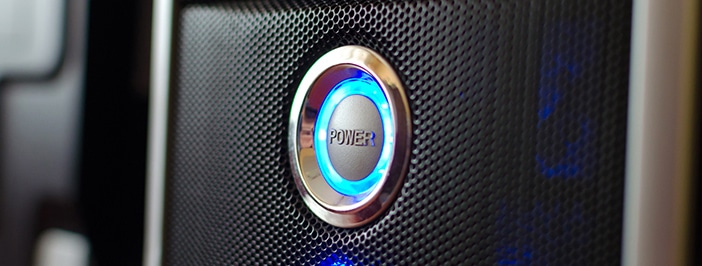The biggest tech trends shaping the new year
used with the permission of https://thenetwork.cisco.com
by Blake Snow
As we’ve seen this year with promising tech, the future is now.
For technology enthusiasts and industry futurists, end of the year reflections and new year predictions are exciting events. Both give us a chance to measure our collective progress, set our sights to the future, and buoy our hopes and dreams.
Admittedly, commercial technology isn’t always as dramatic or fantastic as the stuff we see in sci-fiction movies. But as we’ve seen this year with promising and “are we really doing this now?” technologies such as driverless cars and computers we can talk to, the future is now. Although we’re not fully living in the imaginative societies found in Minority Report, The Jetsons, Gattaca, and others, all are well within our reach.
According to the latest research from Gartner, Forrester, government agencies, and other technology experts, the following technologies will increasingly touch our lives this year:
The Smart-ification of Things
We’ve already seen what’s possible when we connect lighting, thermostats, door locks, security cameras, and even refrigerators to the network. In short, we gain greater control—especially from afar—and deeper understanding into our usage, conservation efforts, and indoor environments that remember and adjust their conditions to our stated or observed preferences. Gartner calls these “digital twins.”
But the smart-ification of things involves more than just making dumb things smart or connecting them to the network. It includes making already smart things such as virtual assistants (think Alexa, Siri, Google Now), intelligent machines and computers, blockchain security, and self-driving cars more empathetic, aware, and more capable of interpreting spoken dialects and accents when communicating with actual humans. As it has in recent years, collective investment in the smart-ification of things is expected to reach unprecedented levels this year.
The Consolidation of Things
We’ve heard about the “internet of things” for years and although we can certainly see real-world applications of it today in the form of smart thermostats and lighting, the whole she-bang might not be coming as fast as some expect. What’s the hold up? Too much competition, too many competing protocols, and not enough collaboration.
That’s expected to change, however, as consumer giants such as Google, Amazon, Apple and others increasingly acquire and invest in connected smart homes and offices. To that end, investment bankers predict an abnormal amount of consolidation this year in “software as a service” companies, many of which are fueling both enterprise and consumer “things.” In other words, the fewer competing technologies, the easier it is to get surviving ones to play nice with one another.
New Ways of Watching Displays
As millennials and digitally-savvy Gen-Xers and Baby Boomers increasingly “cut the cord,” we should expect to see more ad-hoc video content than ever before, experts predict. No longer will key live events be solely broadcasted through subscription television, but they’ll increasingly become freely (or more cheaply) available on social media next year.
Furthermore, the way we interact with our displays is expected to further mature this year. While Pokemon Go, Oculus Rift, and PlayStation VR showed the promise of both augmented and virtual reality last year, enterprise developers and content producers are exploring augmented displays in ways beyond just gaming. After all, this year marks the 10th anniversary of the release of the last screen that radically changed our lives—the mobile touch screen.
How might the above affect the enterprise then? Since we are wholly and entirely in what Forrester calls “the age of the consumer,” we can expect some, if not all of the above, to play an increasing role in our work lives this year.








